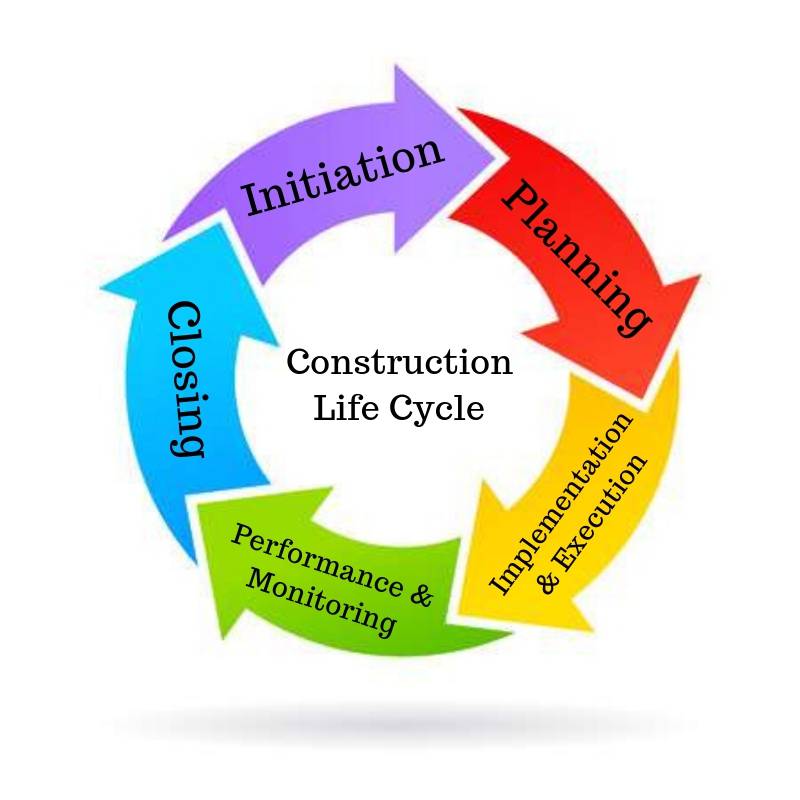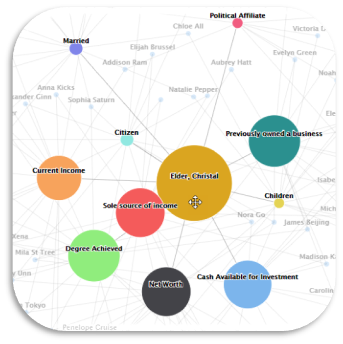A construction project entails 5 important stages: initiation, planning, implementation, performance and monitoring, and closing. Here is an in-depth review of the construction life cycle.
Initiation
If you are a project manager and aren’t sure where to begin, start by evaluating the work ahead and conduct a feasibility test. A feasibility test examines whether the proposed solutions align with the main objectives. Is the project worth undertaking? From a broad perspective, define the project and write down possible solutions to specific needs.
Do not make the decision alone. Consult your team. Ensure that a final recommended solution is identified.
Once you give the project a green light, create a Project Initiation Document (PID). A project initiation document is like a blueprint. It highlights the main purpose of the construction project.
Planning
Planning is key to the successful management of a single location or multi-location project. At this point in the construction life cycle, your team identifies the scope of the work and develops a road map. Identify the resources needed and the strategy of producing them.

Every set goal must be SMART (Specific, Measurable, Attainable, Realistic, and Timely). They should also be CLEAR (Collaborative, Limited in scope, Emotional, Appreciable, and Refinable). A plan outlining the time frames, tasks, and dependencies comes in handy at this phase. The budget should provide cost estimates for materials, labor, and equipment.
Implementation/Execution
This is where most of your time should be spent. A project plan has to be put into practice. Effective communication plays a huge role during execution. Ensure that the budget stipulated in the planning stage is followed. As you watch the progress of the project, record any variations from the initial plan.
A successful implementation stage is characterized by:
-
A well-developed team
-
Allocation of resources
-
Task assignments
-
Implementation of project management plans
-
Status meetings
-
Updated project schedule
-
Tracking systems in place
-
Modification of project plans
Performance and Monitoring
This stage happens simultaneously with the implementation process. Performance and monitoring ensure that every item aligns with the project schedule. It is, therefore, a regular phase that ought to be revisited during execution.
Every activity of a commercial construction process from start to finish should align with the project management plan. The best tools to use at this stage are KPIs or Key Performance Indicators. Here are examples of KPIs.
-
Effort and Cost Tracking—determines if the budget is on track
-
Project Performance—monitors the changes and unforeseen challenges
-
Quality Deliverables—determines if certain task deliverables have been fulfilled
-
Project Objectives—determines whether the project goals and schedule are met
Closing

The final step is important as it offers the deliverables to the client. Review the punch list to see that all weak areas have been accomplished. Inform your team and hand over the documents to your franchise operations.
Before terminating supplier contracts, review termination provisions and give written notice. Finally, conduct a study to examine the lessons learned. Identify what went as planned and where things didn’t go well. This analysis can be useful for future project teams.
Have you encountered difficulties organizing tasks and keeping track of everything? Synuma is an easy way to save all the documents in a single location. This cloud-based management tool offers powerful communication features.
You can even use it to create a restaurant construction timeline. It provides an effective storage mechanism for organizing key details. Moreover, you can track development costs and the progress of multi-location sites. It is all about increasing transparency with stakeholders so that everyone stays on the same page.
Image via Shutterstock by Andrew Popov













